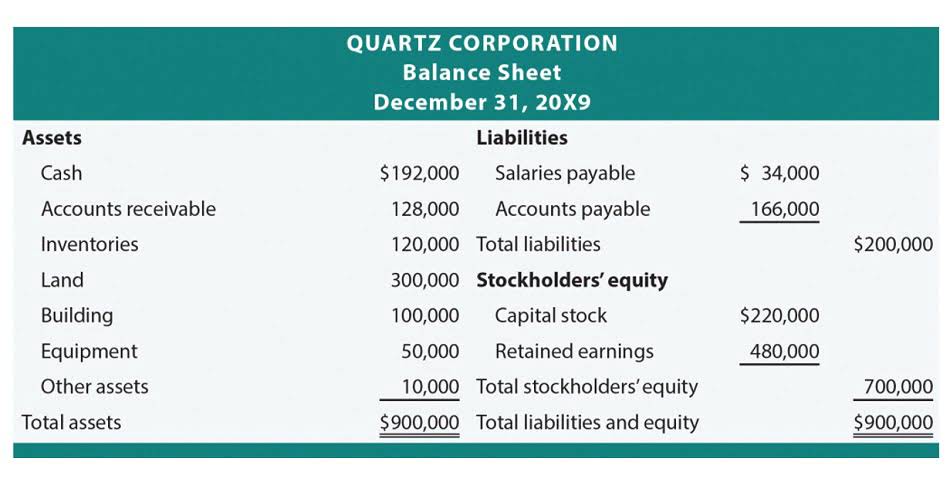Equity Multiplier Financial Leverage Ratio
Equity Multiplier Financial Leverage Ratio

We put together this guide to cover everything https://www.bookstime.com/ you need to know about the equity multiplier and how to use it. Tom’s return on equity will be negatively affected by his low ratio, however. Higher financial leverage, such as a higher equity multiple, drives ROE upward as long as all other factors remain equal. In addition, he announced an additional 10% tariff on imports from China.
Missing Hawaii woman’s sister shares tribute to father after his shocking suicide in the midst of their family’s search

If this cash flow ratio is higher, then it means financial leverage (total debt to equity) is higher. And if the ratio turns out to be lower, the financial leverage is lower. Equity multiplier (also called leverage ratio or financial leverage ratio) is the ratio of total assets of a company to its shareholders equity.

BUSINESS

It’s helpful by itself and as part of a DuPont analysis, which is a financial tool that breaks out how a company generates a return on equity (ROE). If you see that the result is similar to the company you want to invest in, you would be able to understand that high or low financial leverage ratios are the norm of the industry. Consider Apple’s (AAPL) balance sheet at the end of the 2021 fiscal year. The company’s total assets were $351 billion, and the book value of shareholders’ equity was $63 billion. Company ABC has a higher equity multiplier than company DEF, indicating that ABC is using more debt to finance its asset purchases. A lower equity multiplier is preferred because it indicates the company is taking on less debt to buy assets.
Equity Multiplier
- By looking at the whole picture, now an investor can decide whether to invest in the company or not.
- The equity multiplier is a ratio that is commonly used to measure the proportion of equity financing in the capital structure of the business.
- Total equity is on a company’s balance sheet or in its shareholder’s equity section.
- The equity multiplier is just a calculation, so it doesn’t consider the risk of the investment or your personal situation.
- That’s why you need to go to the advanced calculation and look at the financial leverage ratios in detail.
- In other words, the equity multiplier shows the percentage of assets that are financed or owed by the shareholders.
Companies finance the acquisition of assets by issuing equity or debt. Investors monitor how much shareholders’ equity is used to pay for and finance a company’s assets. This ratio is equity multiplier a risk indicator to determine a company’s leverage. 2) To increase the equity multiplier through decreasing equity, a company can buy back shares of stock or issue a special dividend.
- In addition, he announced an additional 10% tariff on imports from China.
- This ratio is a risk indicator to determine a company’s leverage.
- If this ratio is higher, then it means financial leverage (total debt to equity) is higher.
- The ratio of the two helps investors assess the financial leverage of a company, allowing them to make better investment decisions.
- Conversely, this ratio also shows the level of debt financing is used to acquire assets and maintain operations.
- However, this generalization does not hold true for all companies.
Low equity multiplier is a low risk indicator, since the company is more reliant on equity financing. Equity multiplier can also compare the financial structure of different companies. A company with a higher equity multiplier is usually considered to be more leveraged than a company with a lower equity multiplier. However, suppose the equity multiplier had risen while sales/assets and income/sales were static or declining.
